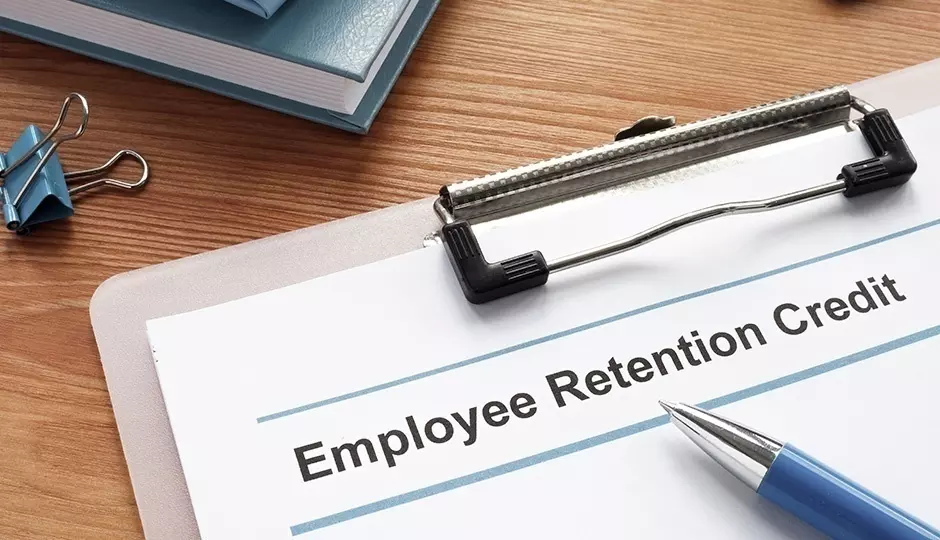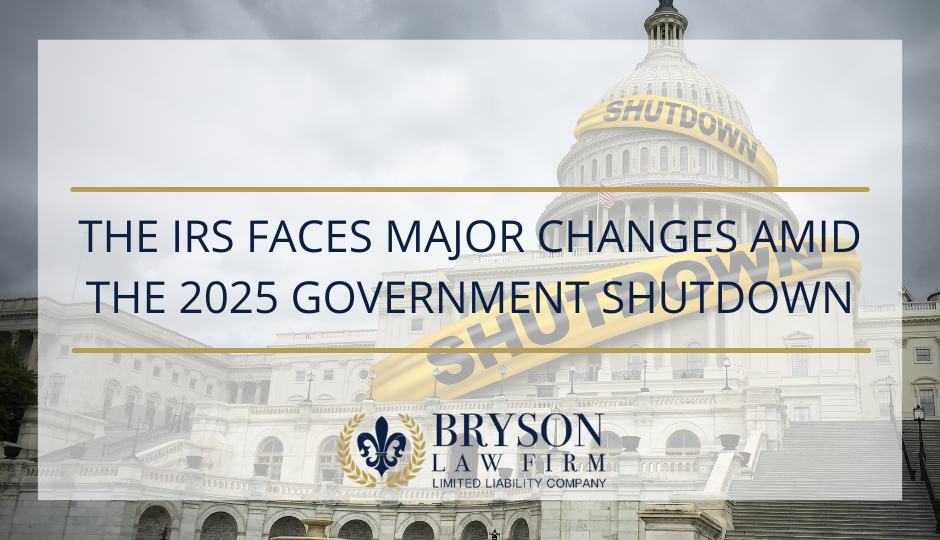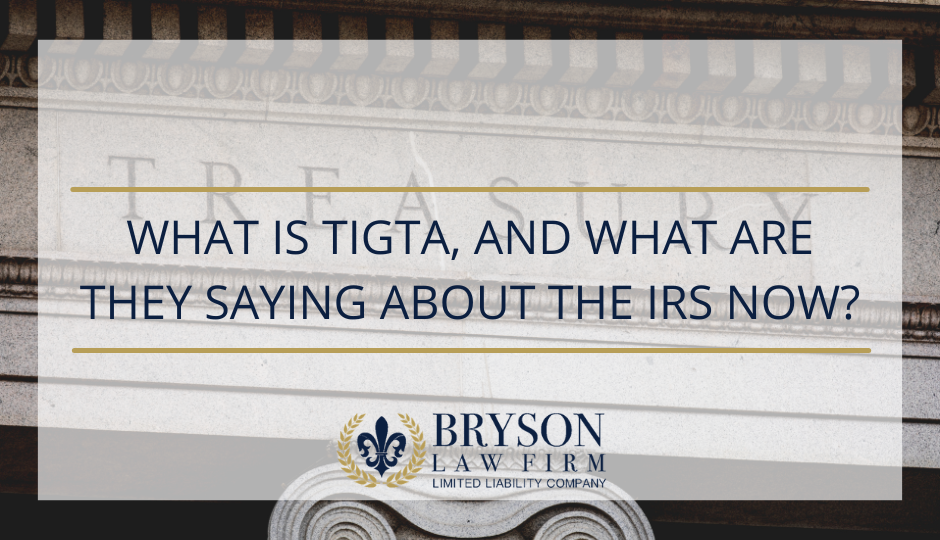
Introduction to Employee Retention Credit (ERC)
The Employee Retention Credit (ERC) is a vital financial relief tool designed to assist eligible businesses from the turbulent times of the COVID-19 pandemic. The primary goal of the ERC is to support and compensate businesses by offering a refundable tax credit for wages paid to employees. The Employee Retention credit plays a pivotal role in keeping businesses, particularly small businesses, in operation.
Understanding the nuts and bolts of the ERC is essential for every business owner. The ERC is directly tied to the business's payroll and is available to all organizations that fall under the specific criteria of disruption due to government COVID-19 mandates. This encouragement of employee retention is significant for businesses to navigate their path in the landscape post-COVID-19.
The ERC provides businesses with a 50% tax credit on wages up to $10,000 paid to each employee during specific periods of business disruption from 2020 onwards. Thus, it directly impacts the payroll, acting as a relief for not just the business, but also ensuring steady wages for the employees.
The retention credit is a considerable asset for every small business in the volatile modern market. With the ERC in place, businesses can manage their payroll efficiently and maintain their operation by retaining their employees. This provision enables businesses to stay afloat even amidst financial strain.
By offering a substantial retention credit, the ERC becomes a safety net for businesses and, by extension, strengthens the entire economy. The effective utilization of the ERC can be instrumental in the survival and prosperity of businesses in the complex financial landscape of today.
Details of the Employee Retention Credit
At Bryson Law Firm, we understand the complexities of tax credits including the employee retention credit (ERC). The ERC is a type of tax credit that employers can claim on their tax return when they retain employees during periods of business downturn. Employers who qualify will see a reduction on their tax return, effectively a return form filled with an opportunity for considerable savings.
The employee retention credit, first and foremost, is a tool of financial relief. Its details include a broad overview of information. The primary goal is to encourage businesses to keep their staff hired during hard economic times, giving rise to the name 'employee retention credit'. Its qualifications, however, go a little deeper than that.
Tax credit scenarios are complex. Slight changes in situation can vastly change the amount of employee retention credit one could claim. For accurate calculations and suitable handling of the employee retention credit process, seeking professional assistance is advised. At Bryson Law Firm, we extend our expertise on tax credit mechanisms to guide you in maximizing your benefits.
The Tax Benefits of ERC
As seasoned tax professionals at Bryson Law Firm, we endeavor to broaden your understanding on the advantages of tax credits, particularly the Employee Retention Credit (ERC). The tax benefits of ERC are imperative in the world of business, dramatically reducing the corporate tax burden. The utilization of tax credits equals less tax liability, permitting businesses to reinvest and bolster their workforce.
Tax credits, including the ERC, are not simply handed out; they must be strategically achieved. Specifically tailored strategies are formulated by our experienced tax advisors, ensuring all qualifications are met and any potential audits are avoided. An understanding of the intricate tax codes and tax benefits associated with such programs is essential.
It's important to remember that tax can be far more than a hefty payment to the government; it can serve as a mutualistic tool that encourages business growth and stability when leveraged correctly. Bryson Law Firm is committed to untangling the complexities of tax regulation, ensuring that your business gets the maximum benefit from the ERC and other tax credits available. Tax liability should never be a hindrance to your business's success.
Who Qualifies for the Employee Retention Credit?
The Employee Retention Credit (ERC) has been the core topic of many discussions, especially among small businesses. The burning question is, "who precisely can qualify for it?" The program's primary target is small businesses and their employees. To be more specific, eligible businesses must have been disrupted due to governmental orders related to COVID-19 or those that can show a significant decline in gross receipts when compared to the same quarter in 2019.
The 'eligible' part is where many people find confusion. Just being a small business doesn't necessarily make you eligible. A detailed examination and consultation with a tax law expert, such as the Bryson Law Firm, will reveal whether you fit into the dynamics of the ERC.
Let's delve deeper into the qualification part. Employers, including non-profits, with operations either partially or fully suspended due to COVID-19 governmental orders qualify. Employers who've experienced a significant decline in gross receipts, too, are eligible. Remember, 'significant' here is defined as less than 50% of the gross receipts from the same quarter in 2019.
Also, what about the employees? One might ask. The narrative puts equally as much emphasis on employees of these qualified small businesses. Employees who are unable to work due to the effects of COVID-19 are eligible. As such, it's essential not to overlook the 'employees' aspect of the ERC qualification process.
Guidelines for Business Eligibility
As per the guidance provided by the Internal Revenue Service (IRS), eligibility for the Employee Retention Credit (ERC) is established primarily on the basis of specific challenges and disruptions faced by businesses due to the pandemic. This guidance provides a clear perspective to qualified businesses on how they could claim the credit effectively. Not all businesses are eligible, hence it is vital that businesses ascertain their eligibility status before proceeding with the claim.
Businesses that operate on a quarter-to-quarter basis could be qualified if they experienced a significant decline in quarterly gross receipts. This refers to a decrease of at least 20% in 2021 compared to the same quarter in 2019. However, businesses also qualify if they are partially or entirely suspended due to governmental orders related to COVID-19.
Businesses that started operations after the relevant quarter in 2019 could compare to a similar quarter in 2020. To clarify, these businesses too could be qualified. Also, businesses that take liquidity or loan from a small business administration can still qualify for ERC provided other criteria are met. Therefore, businesses have a substantial possibility to benefit from this tax credit which could aid in their recovery.
The guidance released by the IRS clearly delineates the conditions under which businesses are qualified for this relief. It's essential that businesses review the requirements in detail to ensure accurate filing and availing of the ERC. The Bryson Law Firm is ready to assist businesses in navigating through these details for a successful claim.
How to Calculate the Employee Retention Credit
An essential aspect to consider in availing the Employee Retention Credit (ERC) is understanding how to calculate it. Employers need to be aware of the process for calculating this credit because it directly impacts their payroll. In fact, the retention credit may essentially decrease the overall payroll costs for a business.
The principal computation for this credit resides in the eligible wages paid by an employer. This typically includes health plan expenses and the gross payroll distributed during the ERC qualifying period. The calculation of this credit commences with identifying the appropriate percentage from the qualifying wages and then applying it accordingly.
In 2020, the retention credit was 50% from the eligible wages, with a maximum credit of $5,000 per each employee. However, the situation shifted in 2021. Employers could potentially calculate a retention credit of 70% from the eligible wages per quarter, leading to a maximum credit of $7,000 per employee, per each quarter. With these figures, the potential impact on payroll expenses can be significant.
Ultimately, the exact calculation of the retention credit might vary based on the specific circumstances of the business and its employees. As such, it is crucial to always consult with experts or specialists within this field. Businesses can reach out to Bryson Law Firm, as we have vast expertise on these matters.
Additional Information on Credit Calculations
The process to calculate the entitled credit from the Employee Retention Credit scheme may seem complex for many businesses. However, our team at Bryson Law Firm is here to provide additional information on credit calculations to simplify the process. The credit is calculated based on the eligible wages of your employees, which includes health plan expenses.
Businesses should carefully follow the form instructions for the exact calculation as it varies based on the quarter the wages were paid. Understanding the form details and properly calculating the credit is vital as it has a direct impact on the credited amount. Any mistakes can lead to significant discrepancies in the tax credit.
Besides the wages, the full-time status of the employees also determines the amount of credit. In this regard, we've noticed many businesses have confusion understanding the definition of full-time employees as per ERC guidelines. The IRS defines full-time employees as those who work more than 30 hours per week.
In terms of the tax credit, businesses can claim the credit against the employer portion of social security taxes. But it should be noted that the amount of the credit cannot exceed the employer portion of the social security tax. Still, any excess credit for the quarter is considered an overpayment and will be refunded after the required form is submitted.
Calculating the ERC is anything but simple. Businesses who take the time to understand the instructions and information can successfully navigate the process and maximize their credits to generate significant tax savings.
How to Apply for the Employee Retention Credit
To apply for the employee retention credit, businesses should understand that careful documentation and a thorough application is crucial. When it comes to the application process, the specifics will vary, but businesses generally need to fill out a specific return form related to the tax period in which they claim the credit.
Applying for the employee retention credit begins with collecting all vital information needed. This includes the details of payroll costs, the number of full-time employees, and any financial records that demonstrate a significant decline in gross receipts. The right advisory services can guide businesses through these steps with ease and accuracy – that’s where the Bryson Law Firm team excels!
Once the relevant information has been gathered, fill out the return form supplied by the IRS. This form allows businesses to claim the employee retention credit on their tax return. Any errors during this process could lead to complications, so consider using experts like the Bryson Law Firm will help to ensure the correct application.
The Application Process
The application process for the Employee Retention Credit (ERC) has significant complexity. Our team works to simplify the claim process for businesses impacted by the covid pandemic and provide pertinent information necessary for submitting a successful claim.
Today's rapidly changing economic environment, exacerbated by COVID-19, has necessitated the need for such services. Leveraging our expertise, we dissect information related to tax benefits and qualifications of ERC, ensuring businesses meet the specific guidelines for eligibility. The insight we provide is informed by up-to-date COVID-19 guidelines and information, making our services even more valuable.
What to Expect After Submitting Your ERC Application
Submitting an ERC application is merely the first step in securing the Employee Retention Credit. Once you have proceeded to apply, companies should reasonably expect a period of waiting as the information provided is meticulously reviewed. This process is essential to ensure veracity and compliance with the guidelines outlined for qualifying for the ERC program.
The waiting period typically varies from one organization to the other and the year they file the application. It will depend on a number of factors, including the accuracy of the input information and the volume of applications that the administration is processing at the time of your submission.
After you have applied, submission wait periods might seem coverage unnecessarily extended. However, it is important to remember that this period is a critical juncture where the tax authorities are ensuring due diligence.
This process ensures that only the rightfully deserving companies are granted their claim for the ERC. It is thus prudent to be patient and keep the respective communication lines open for any requested additional information or clarification during this period.
While waiting, you should also prepare for the possibility of having to provide further documentation or details that would support your application. Remember, the ERC approval is based on the data you have provided. Inaccuracy or lack of evidence could result in a longer processing period or even a rejection of the application.
Once you apply and submit your ERC application, expect a waiting period and be prepared to provide additional information if necessitated by Bryson Law Firm.
If you are a business owner who retained employees during the pandemic, we can help you see what your business qualifies for within the Employee Retention Credit. We’ll schedule you with a free, initial consultation to see what we can do for you. Contact our office today or fill out the form below to get started!























